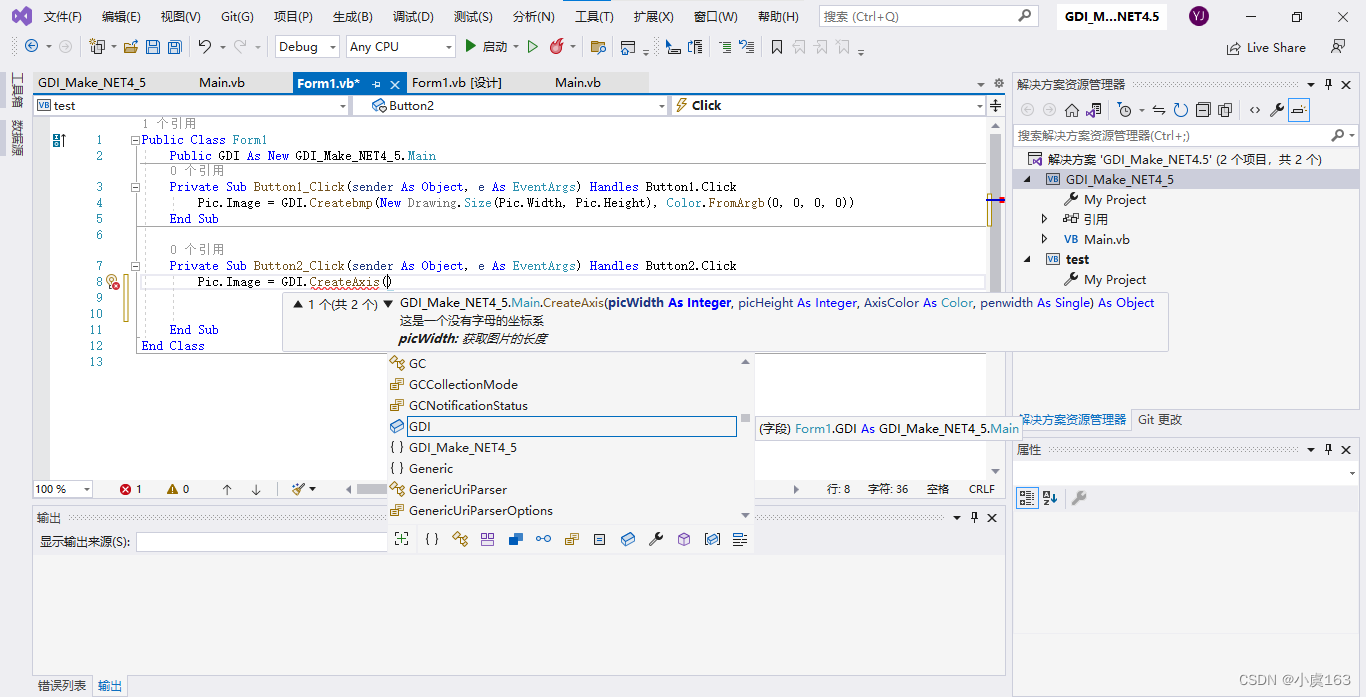One 、 The main idea of the topic
label : Dynamic programming
https://leetcode.cn/problems/longest-common-subsequence
Given two strings text1 and text2, Returns the longest of these two strings Common subsequence The length of . If it doesn't exist Common subsequence , return 0 .
A string of Subsequence This is a new string : It is to delete some characters from the original string without changing the relative order of the characters ( You can also delete no characters ) After the composition of the new string .
for example ,"ace" yes "abcde" The subsequence , but "aec" No "abcde" The subsequence .
Two strings of Common subsequence Is the subsequence shared by these two strings .
Example 1:
Input :text1 = "abcde", text2 = "ace"
Output :3
explain : The longest common subsequence is "ace" , Its length is 3 .
Example 2:
Input :text1 = "abc", text2 = "abc"
Output :3
explain : The longest common subsequence is "abc" , Its length is 3 .
Example 3:
Input :text1 = "abc", text2 = "def"
Output :0
explain : The two strings have no common subsequence , return 0 .
Tips :
- 1 <= text1.length, text2.length <= 1000
- text1 and text2 It only consists of lowercase English characters .
Two 、 Their thinking
Use dynamic programming to solve this problem , Define a two-dimensional array dp, among dp[i][j] Indicates to the first string position i until 、 To the second string position j until 、 The longest common subsequence length . In this way, we can easily discuss the cases where the letters corresponding to the two positions are the same or different .
3、 ... and 、 How to solve the problem
3.1 Java Realization
public class Solution {
public int longestCommonSubsequence(String text1, String text2) {
int m = text1.length();
int n = text2.length();
// Indicates to the first string position i until 、 To the second string position j until 、 The longest common subsequence length
int[][] dp = new int[m + 1][n + 1];
for (int i = 1; i < m + 1; i++) {
for (int j = 1; j < n + 1; j++) {
if (text1.charAt(i - 1) == text2.charAt(j - 1)) {
dp[i][j] = dp[i - 1][j - 1] + 1;
} else {
dp[i][j] = Math.max(dp[i - 1][j], dp[i][j - 1]);
}
}
}
return dp[m][n];
}
}
Four 、 Summary notes
- 2022/6/26 Tomorrow Monday , Continue refueling
![How to download on selenium computer -selenium download and installation graphic tutorial [ultra detailed]](/img/ec/1c324dcf38d07742a139aac2bab02e.png)
![[Old Wei makes machines] issue 090: keyboard? host? Full function keyboard host!](/img/78/ece6da9a26c9d93988dac30ce93f99.png)







